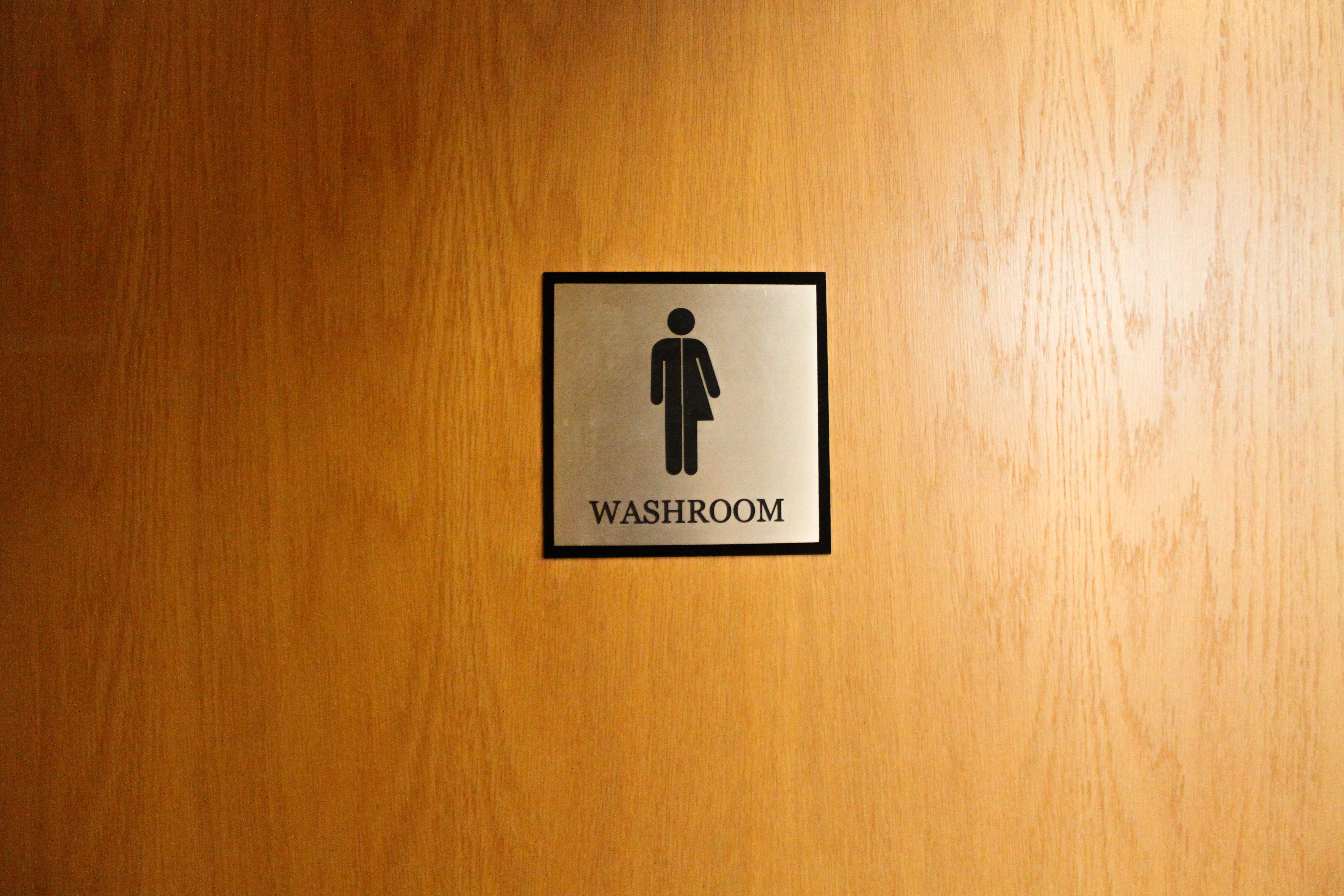“I walked to meal hall with him today.”
“I met her at the dance yesterday.”
“Jerry? I saw them in first class.”
Now, there’s a chance that the first two sentences look proper to you, but the third one doesn’t seem right. You might think that I’ve mixed up the amount of people that were being talked about. After all, Jerry is only one person, right?
Welcome to the wide world of pronouns! People who identify outside of the gender binary, as a mix of genders, lacking gender, or just refuse gender altogether, have become more visible in Western society in recent decades. Of course, many of you have heard of Caitlyn Jenner, Laverne Cox, and Chaz Bono. You might even know some friends who are transgender.
Transgender is actually an umbrella term. It covers anyone who feels their gender identity and the gender assigned to them at birth (commonly from examination of the baby’s genitals) are not necessarily the same on a consistent basis. Some people who have intersex conditions may also use a new pronoun that you may not have previously heard. With the greater mainstream acceptance of people transitioning from male to female or female to male has come a push to more broadly recognize other gender identities.
Genderqueer, genderfluid, agender, neutrois/neutral/neuter, trigender, genderf*ck are more recently emerging identities asking for their bit of respect. With these identities comes new terms to be able to refer to people who don’t feel that the traditional “he” or “she” is correct.
One of the most common pronouns in use is “they” as a singular. You’ll hear it argued quite frequently that “they” is not acceptable grammatically because it is plural so can’t be used to refer to a singular third person. Oxford English Dictionary does accept this use of “they”. English is an ever-evolving language and its purpose is to serve our need to communicate accurately to each other.
In Sweden just July of last year, the Swedish Academy (the institute responsible for choosing the winner of the Nobel Prize in Literature each year) announced that they would be including a gender neutral pronoun in their official glossary. While Swedish style manuals still treat the gender neutral pronoun as a neologism, this means that the Swedish language has evolved and agreed to add a new personal pronoun by taking the “structure” of the established gendered pronouns (han which means “he” and hon which means “her”) and using the “middle” of gender neutral det and gender common den (both translated to the equivalent of English “it”) to come to the end result of hen, a term used to avoid identifying gender and for people who identify as transgender, a third gender, or rejecting the division of male/female gender roles.
Other pronouns that are being used are ones such as xe/xem, ze/zir, per/per and ve/ver. With the new various pronouns coming in to use, it can be very confusing for people who haven’t had the need to think outside of the binary previously. We all grow up learning the use of she/her and he/him. It seemed incredibly easy as a child to pick up new words and their correct usage. That’s because it is. We’re optimized to learn language best at around age 5. Learning new words and their uses becomes much harder as an adult. No one expects you to be perfect, but the effort means a lot to those who use different pronouns. On that note, if you screw up and use the wrong pronoun, a quick “Oh, I’m sorry” followed by usage of the correct pronoun is the best way to go.
The argument has been made before that these “new” genders are made up, that the people who espouse them just want to feel special. If you look outside of the Western sphere of influence (and even within it, but outside the white, European influence), there are several cultures that accept and name more than two identities. The Blackfoot Confederacy recognizes those assigned female at birth (also known as AFAB) who occupy a gender role different than male or female. The Dominican Republic has an intersex condition so common that they have differentiated a unique gender for them, the guevedoche. Pre-colonial Incas in Peru had the quariwarmi. The Bugis people of Indonesia recognize five unique genders.
We could be missing out on the most amazing friendship or partnership we could ever find in our lives. Would you be willing to give that up over the frustration of learning a new set of pronouns for a person?
Need a crash course on how to decline these new nouns for proper use? Here’s a few websites to try:
https://lgbt.wisc.edu/documents/LGBTCC-Gender_pronoun_guide.pdf
http://anagnori.tumblr.com/post/75752291700/a-non-binary-persons-guide-to-invented-pronouns
https://en.wikipedia.org/wiki/Gender-specific_and_gender-neutral_pronouns#Pronouns_and_LGBT_persons
It may take some time to get used to the idea, but introducing yourself with your name and pronouns such as “Hi, my name is Taylor. My pronouns are they or he. What are your name and pronouns?” is an easy, non-invasive way to introduce the idea that you are open to respecting your new friends.





